When the US’s top economists meet at a symposium on remaking America’s financial system, they’re bound to disagree. But in Randall S. Kroszner and Robert J. Shiller’s new book – a brief collection of the papers they presented at Harvard University, along with comments by their equally esteemed colleagues – their divergence lies more in their methods than in their main conclusion: The US financial sector desperately needs a makeover. getAbstract recommends their cogent, well-thought-out reasoning on the causes of the recent financial crisis.
Crisis and Its Aftermath
The 2007-2008 financial crisis affected most of the world’s economies, but global financial institutions and the financial sector felt the brunt. The modern-day panic was the worst calamity to hit the finance industry since the 1930s’ Great Depression. The perfect storm that began to unfold in 2007 featured banks trading securities at a turbo-charged rate, applying ever-increasing leverage to augment earnings and selling into a speculative market fueled by derivatives.
In 2010, in an attempt to address the root causes of the crisis and to legislate measures to prevent a recurrence, the US government enacted the Dodd-Frank Wall Street Reform and Consumer Protection Act.
Dodd-Frank’s main components are:
- “A new Financial Stability Oversight Council” – This new entity, though made up of existing regulatory agencies, monitors potential threats to the economy.
- “Reallocation of banking oversight responsibility” – The Federal Reserve Bank now supervises nonbank financial organizations.
- “Authority for regulators” – Regulators may compel certain “systemically important” firms to raise more capital...
Randall S. Kroszner is an economics professor at the University of Chicago and a former governor of the Federal Reserve System. Robert J. Shiller is an economics professor at Yale, the author of Irrational Exuberance and the co-author of Animal Spirits.








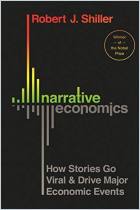

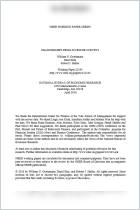
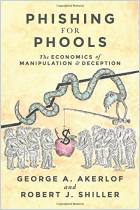
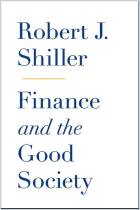

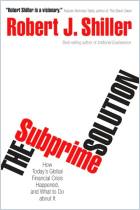

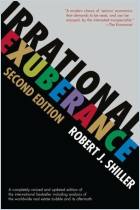
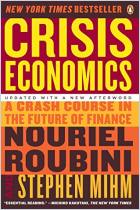
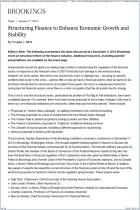
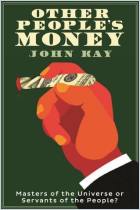

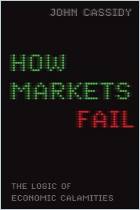
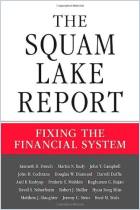


Comment on this summary or Démarrer une discussion